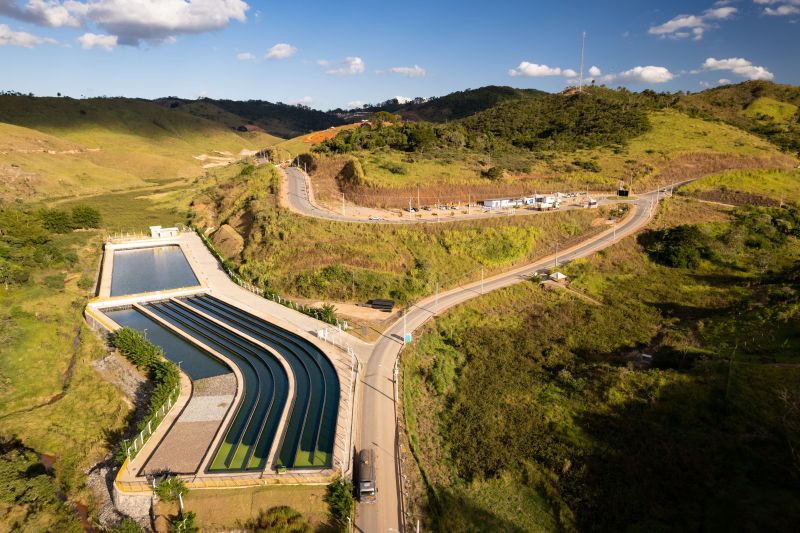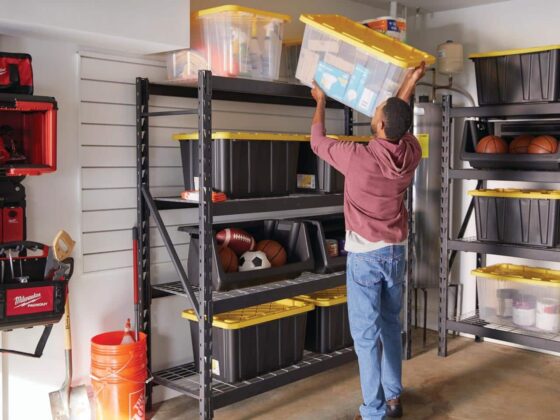In the wake of the Mariana Dam disaster, a profound truth emerged: within the crucible of crisis, the strength and resilience of women shone brighter than ever before. As communities grappled with the overwhelming devastation, it was often the women who spearheaded recovery efforts, displaying a remarkable blend of compassion, tenacity, and innovation.
From organizing grassroots initiatives to providing essential support in the form of food, shelter, and emotional care, these women became the backbone of their communities. Their stories, often overlooked in narratives of disaster recovery, reveal a tapestry woven from courage, leadership, and an unyielding commitment to rebuilding lives and restoring hope.
This article seeks to illuminate the multifaceted roles women played in the aftermath of the Mariana Dam disaster, highlighting not just their contributions but also the systemic changes the event sparked in gender roles and community dynamics. In this exploration, we celebrate the indomitable spirit of these women and examine how their actions not only shaped the recovery phase but also paved the way for a more equitable future.
Women as Leaders in Recovery
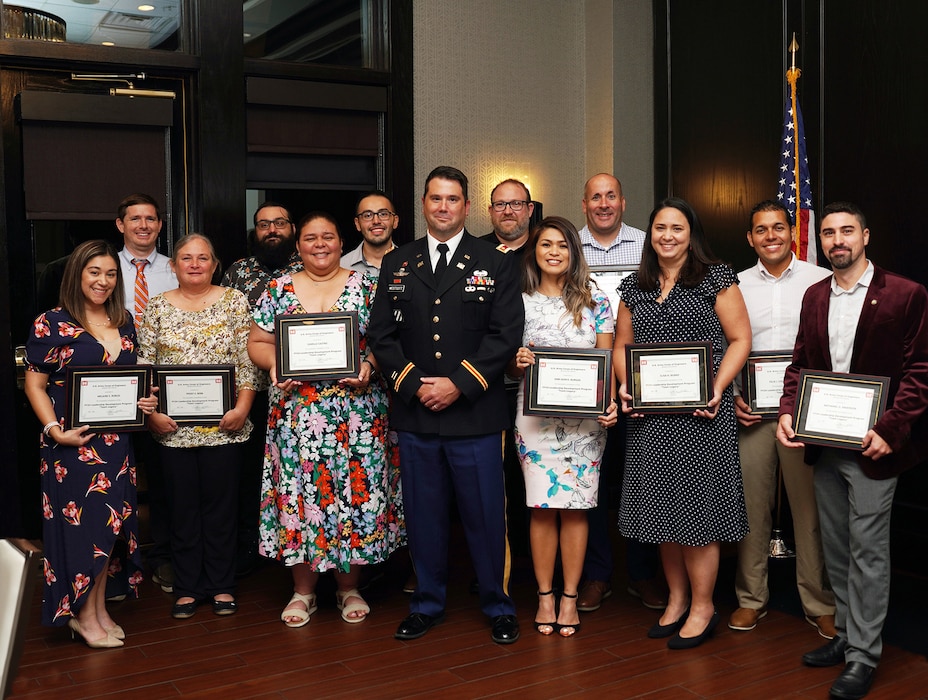
In the wake of the Mariana Dam disaster, women emerged not just as survivors but as formidable leaders in recovery efforts, their voices resonating across communities. They organized grassroots initiatives, leveraging their unique perspectives and experiences to address the multifaceted challenges of rebuilding.
For instance, local women spearheaded efforts to not only restore homes but also to heal the social fabric frayed by tragedy, fostering dialogue and encouraging collaboration among diverse groups. With an innate understanding of the communitys needs, they crafted recovery strategies that were both inclusive and sustainable, often emphasizing the importance of environmental restoration alongside shelter and safety.
These women demonstrated remarkable resilience, balancing the demands of recovery with their roles as caregivers and community anchors, proving that their leadership was not just a response to crisis, but a blueprint for a more equitable future. The recovery landscape of the Mariana Dam disaster is a testament to their strength, creativity, and perseverance—qualities that ignited hope in the face of devastation, reshaping the narrative of recovery in profound ways.
Healthcare and Psychological Support
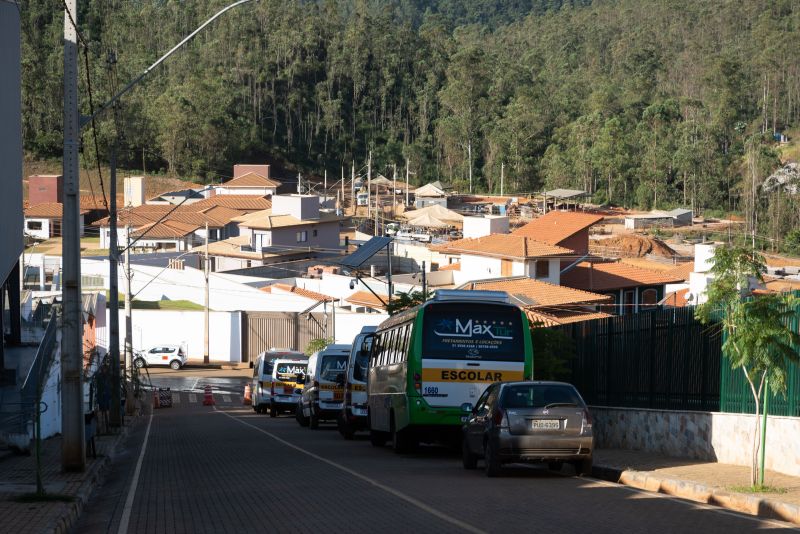
In the aftermath of the Mariana Dam disaster, where tragic events demanded immediate attention and long-term recovery, women emerged not merely as caregivers but as pivotal leaders in healthcare and psychological support initiatives. Drawing upon their innate resilience and communal ties, they mobilized resources and organized support networks, addressing both the physical and emotional scars left by the catastrophe.
Communities witnessed women conducting workshops that combined traditional healing practices with modern psychological therapies, empowering survivors to share their stories while fostering a collective healing process. Some established mobile clinics, bringing medical aid directly to the impacted areas, while others advocated for mental health resources, emphasizing the importance of psychological first aid in a culturally sensitive manner.
The convergence of their efforts reflected not just a response to immediate healthcare needs but also an essential recognition of the long-running psychological impacts of trauma, highlighting the indispensable role women played in stitching together the fabric of hope and recovery.
The Future Role of Women in Disaster Recovery
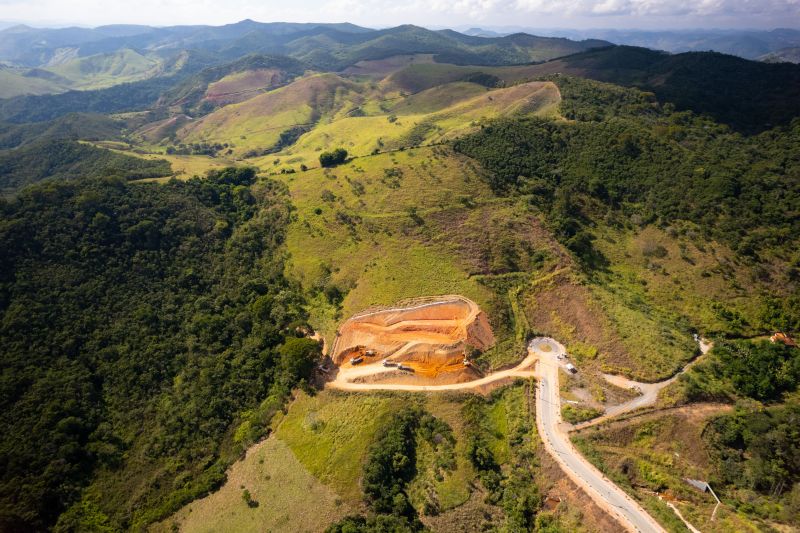
The future role of women in disaster recovery, particularly following events like the Mariana Dam disaster, is poised to evolve dramatically as we recognize the invaluable contributions they can make. Women, often the backbone of communities, bring unique perspectives to the recovery process, blending resilience with empathy.
Their involvement will not only encompass grassroots initiatives—like organizing community support networks and advocating for equitable resource distribution—but will also extend into leadership roles within recovery organizations that were traditionally male-dominated. As climate change intensifies and disasters become more frequent, empowering women to shape recovery strategies will be essential.
Their capacity for collaboration and innovation will drive more inclusive and sustainable recovery efforts, ensuring that marginalized voices are heard and prioritized. It is crucial that future policies are crafted to actively support women’s roles, creating pathways that allow them to lead, influence, and inspire change in both their communities and the broader recovery landscape.
Conclusion
In conclusion, the recovery efforts following the Mariana Dam disaster have underscored the vital role women play in grassroots mobilization, community resilience, and environmental advocacy. As they step into leadership roles, women have not only been pivotal in addressing immediate needs but have also fostered long-term strategies for rehabilitation and sustainability.
Their efforts in organizing, educating, and empowering affected communities demonstrate how womens involvement can drive significant change in the face of adversity. The lessons learned from the aftermath of the Samarco acidente highlight the necessity of inclusive recovery strategies that recognize and harness the potential of all community members, especially women, in rebuilding their lives and environments. Ultimately, as we reflect on the challenges posed by such disasters, it becomes increasingly clear that women are essential to creating a more equitable and resilient future.
